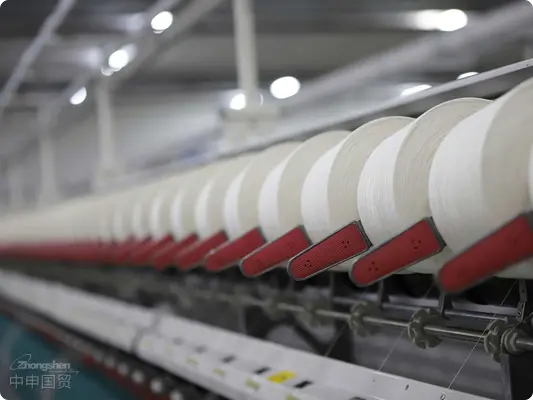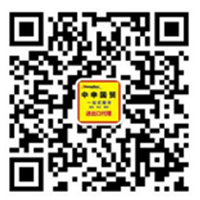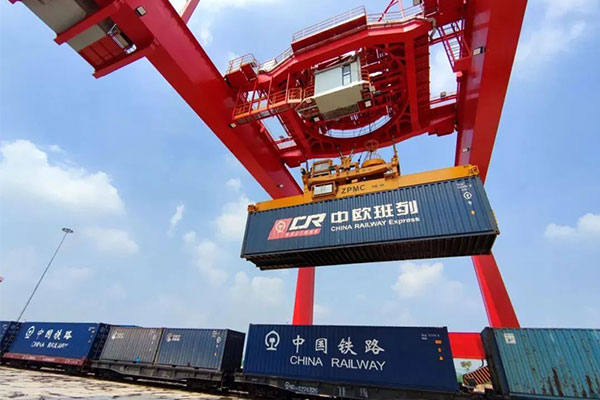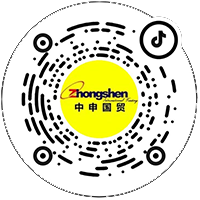- 20 Years of Expertise in Import & Export Solutions
- +86 139 1787 2118
In international trade, the topic of tariffs is always unavoidable when exporting textiles to the United States. With adjustments in US policy, textile tariffs have become increasingly complex, and different countries face different situations. Today, let's talk about the actual total tariff situation for major textile exporting countries to help you sort things out and avoid pitfalls. Don't worry, we'll analyze it step by step, looking at the big picture while also grasping the practical points.

The "combination punch" of US textile tariffs
US textile tariffs are not a single rate, but a "combination" of several parts. Simply put, they include:
- Most-Favored-Nation (MFN) basic tariff: This is the regular tax under the WTO framework, and the rates for different textile categories are different. For example, woven clothing is about 13.2%, knitted clothing is about 14.2%, and some sports shoes can be as high as 67.2%.
- Additional tariffs: For specific countries or products, such as the 10% "minimum tax" on all clothing from April 2025, plus a "reciprocal tariff" based on the trade deficit.
- Other surcharges: Occasionally, additional items like the "fentanyl tariff" will pop up.
The final tariff rate is the sum of these, but some countries have simplified the calculation through bilateral agreements, such as a single tariff rate. Transshipped goods (e.g., re-exported through a third country) often face higher tariffs, even 40%. The good news is that if 20% of the product's value comes from US materials (such as cotton), this portion can be exempt from tariffs, and tax is only levied on the other parts. This provides a little trick for reducing the tax burden.
Policies are always changing. For example, some additional tariffs have a 90-day suspension period (starting from August 12, 2025). Therefore, it is best to verify in real-time during actual operations.
Tariff situation for major exporting countries
Below is an overview of the actual total tariffs for several major textile exporting countries (based on data from July-August 2025, approximate values). The situation for each country is different, depending on the policy basis and remarks.
| Country/Region | Applicable Tariff Rate (Approximate) | Main Basis | Remarks |
|---|---|---|---|
| China | Approx. 30% (suspended) | Basic tariff + additional tariffs. According to the China-US economic and trade talks on August 12, 2025, the 24% additional tariff on Chinese goods is suspended for 90 days, but a 10% surcharge is retained. | The additional part may be adjusted; pay attention to transshipped goods. |
| Vietnam | 20% | US-Vietnam trade agreement in early July 2025. | The price is that Vietnam has zero tariffs on US goods; transshipped goods (e.g., re-exported from China) may reach 40%. |
| Bangladesh | 35% | Announced by Trump on July 7, 2025. | Partial exemption is available for using US raw materials. |
| Cambodia | 36% | Announced by Trump on July 7, 2025. | – |
| Indonesia | 32% | Announced by Trump on July 7, 2025. | – |
| Mexico | 25% (estimated) | Effective August 27, 2025 (due to importing Russian oil). | The previous reciprocal tariff was 26%, and after superposition, some goods reached 50%; the import tariff on cotton is suspended until the end of September to support the textile industry. |
| Thailand | 36% | Announced by Trump on July 7, 2025. | – |
| Japan | 25% | Announced by Trump on July 7, 2025. | – |
| South Korea | 25% | Announced by Trump on July 7, 2025. | – |
| Malaysia | 25% | Announced by Trump on July 7, 2025. | – |
| Laos/Myanmar | 40% | Announced by Trump on July 7, 2025. | – |
| Some African countries (e.g., Lesotho) | 15% | The US lowered the tariff rate to 15%. | Lesotho's textile industry once lost 13,000 jobs due to high tariffs. |
These tariff rates vary depending on the product's material, craftsmanship, and value. Transshipment or non-compliant origin may increase the burden.
Risks and tips
Tariff uncertainty is high, and the US may adjust the scope of derivatives three times a year. If transshipment is caught, the tariff rate doubles; if the material source (e.g., Russian aluminum) is not right, the tariff may soar to 200%. Enterprises also have to declare the material content themselves, which is a considerable administrative cost.
Want to reduce risks? Use more US materials to get exemptions; check the US International Trade Commission's HTS code system to get real-time tariff rates for specific categories. Policies are always changing, so pay attention to the Federal Register in advance to avoid surprises.
Conclusion
Textiles?Export to USA?'s tariffs are like a "cat and mouse game," but once you master the situation in each country and the calculation rules, you won't be so flustered. Choose the right strategy, turn pressure into motivation, and your trade path will be smoother. I hope these shares give you some inspiration and more confidence in your next negotiation!
Recommended for You
- Exporting Stainless Steel to Thailand: A Guide to the New TIS 3206 Regulation & Tariffs
- Экспорт текстиля во Вьетнам: всеобъемлющий авторитетный анализ пошлин, процедур и документов
- Export Ceramic Tea Sets to Germany: Compliance Guide
- Export Kites to Japan: Compliance & Logistics Guide
- Expert Export Document Processing: Ensure Smooth Global Trade
Category Case
Contact Us
Email: service@sh-zhongshen.com
Recommended for You
Contact via WeChat

? 2025. All Rights Reserved.









